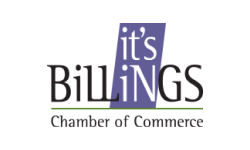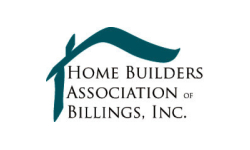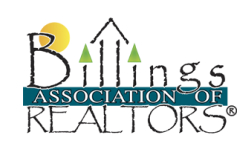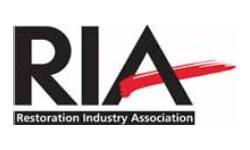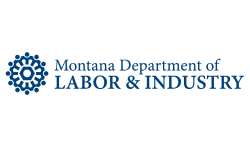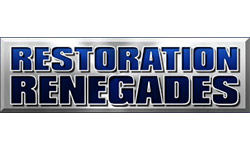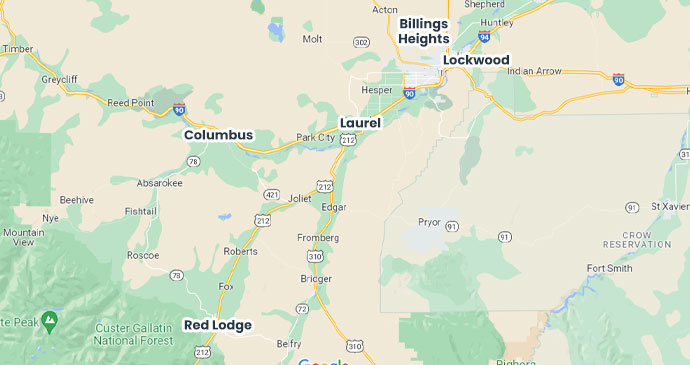"Luckily I have never needed to use a restoration company, but as someone who has worked closely with Alpha Omega, they have treated my clients very well, and have always been honest and very transparent. Although their whole team is very professional and punctual, Carissa and Sonya have been great to work with."
Fire Prevention Tips for Your Business
You have invested a lot of time and money into creating and building your business; the last thing you need is to lose it all in a fire. Spending a little money up-front by adding these extra fire protections will help safeguard your building against any catastrophic fire damage in the future. It will also protect your tenants, employees, and others who use your building. And, should anything happen, these steps will help to minimize fire damage and get you back to pre-loss condition as quickly as possible.
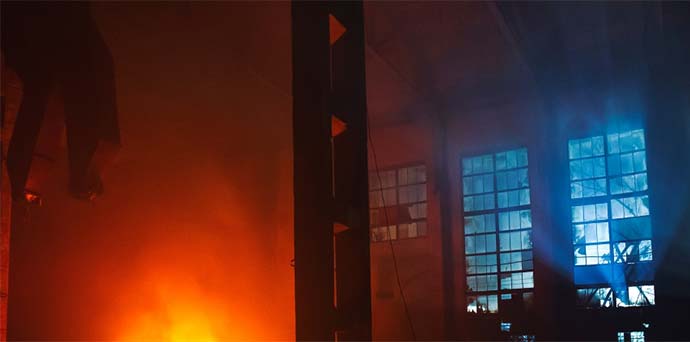
- Fire education helps reduce fire hazards. Some fires start in commercial buildings from faulty wiring, electrical issues, or poorly maintained machinery, but more often than not, human error is to blame. Careless cooking, cigarette smoking, unsupervised candle use, and improperly stored flammable and combustible products can easily start fires. Educating your employees and tenants on correct fire prevention methods is the first step to blocking these issues from occurring.
- Conduct your building inspections regularly. Make it a point to inspect your commercial property on a regular basis, both inside and out. During inspections, remove and reduce any fire hazards you may find. This includes large objects blocking hallways, paint cans placed on or near heaters, and loose wires hanging from the ceiling.
- Maintenance of safety equipment is key. Once started, fires can spread quickly. Installing and maintaining a fire alarm and sprinkler system can lessen fire damage, soot and smoke damage, as well as the time and cost for fire damage restoration. Check that your alarms and sprinklers are in working condition. Install fire extinguishers in strategic places throughout your property for added help during a fire.
- Create and implement a fire safety plan. Create a fire escape plan and an emergency preparedness plan for your commercial building. Give a copy to each of your tenants. Also have it posted where everyone can see it–preferably at least two on each floor. Make sure to include escape routes, tenant accountability measures, and an emergency responder plan (that has a list of all your local emergency phone numbers, including the police, hospitals, and fire department). Appoint a safety point person and educate them on their role and duties. Frequently review and update your plan to make sure it is current. Practice the plan with your employees and tenants often in case an emergency really does happen. This way they’ll know exactly what to do and don’t panic. Fire drills can be a nuisance to some people, but they are necessary to protect those who are in your building and ultimately keep them safe.
Following these tips can help prevent health issues and injury to your tenants and employees, as well as mitigate any fire damage. If a fire does happen, your building and its occupants will be more prepared with a fire protection plan in place.
Commercial Property Fire Damage Restoration
Contact Alpha Omega Disaster Restoration. We will help you recover from commercial fire damage anytime, 24/7. Our professional disaster restoration company employs industry experts who are trusted advisers. We manage the recovery of your property damage by dedicating ourselves to honesty, integrity, reliability and producing a superior-quality service.
We are the leading disaster restoration company serving commercial and residential properties in Billings, MT and surrounding areas.

